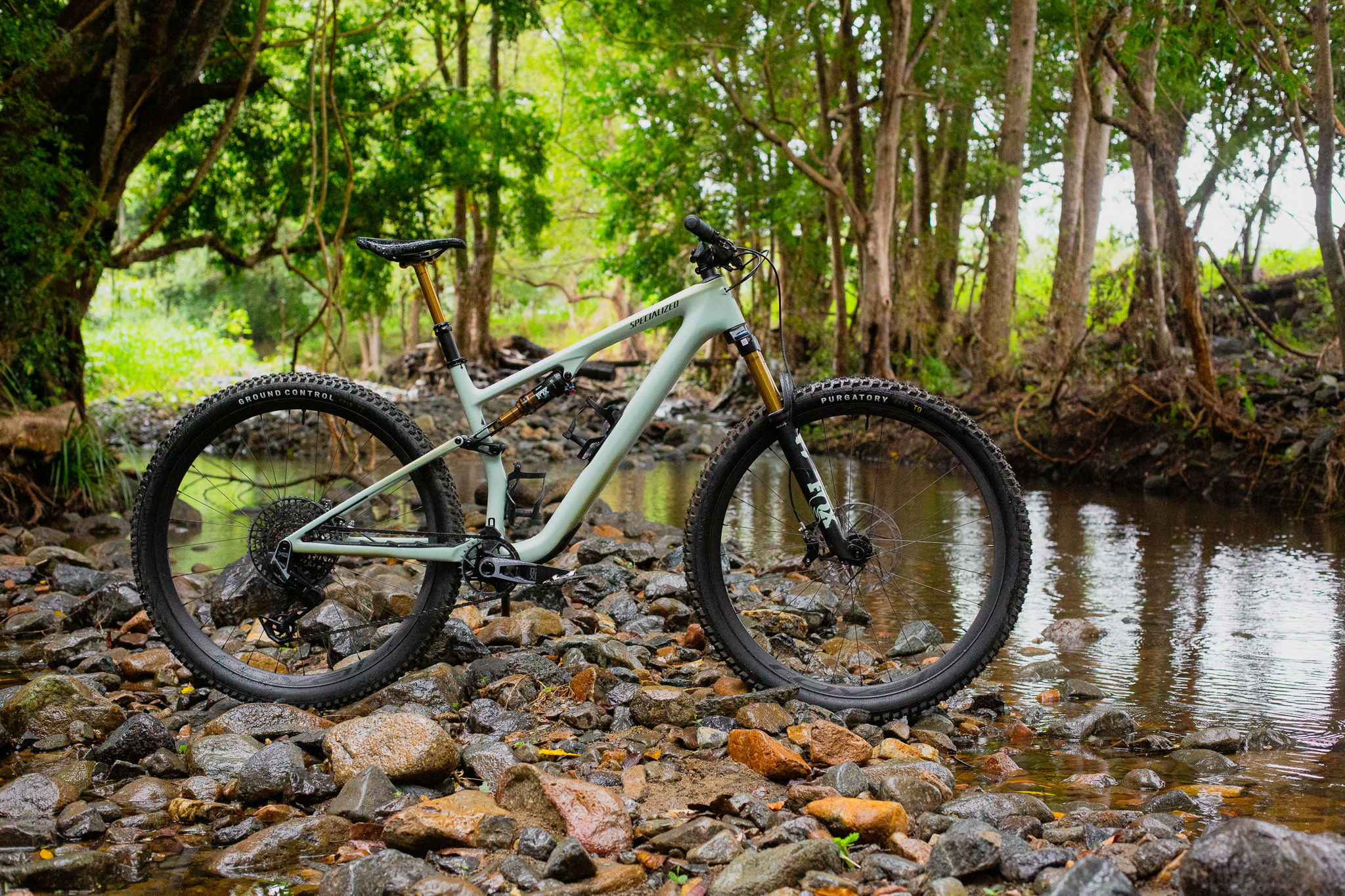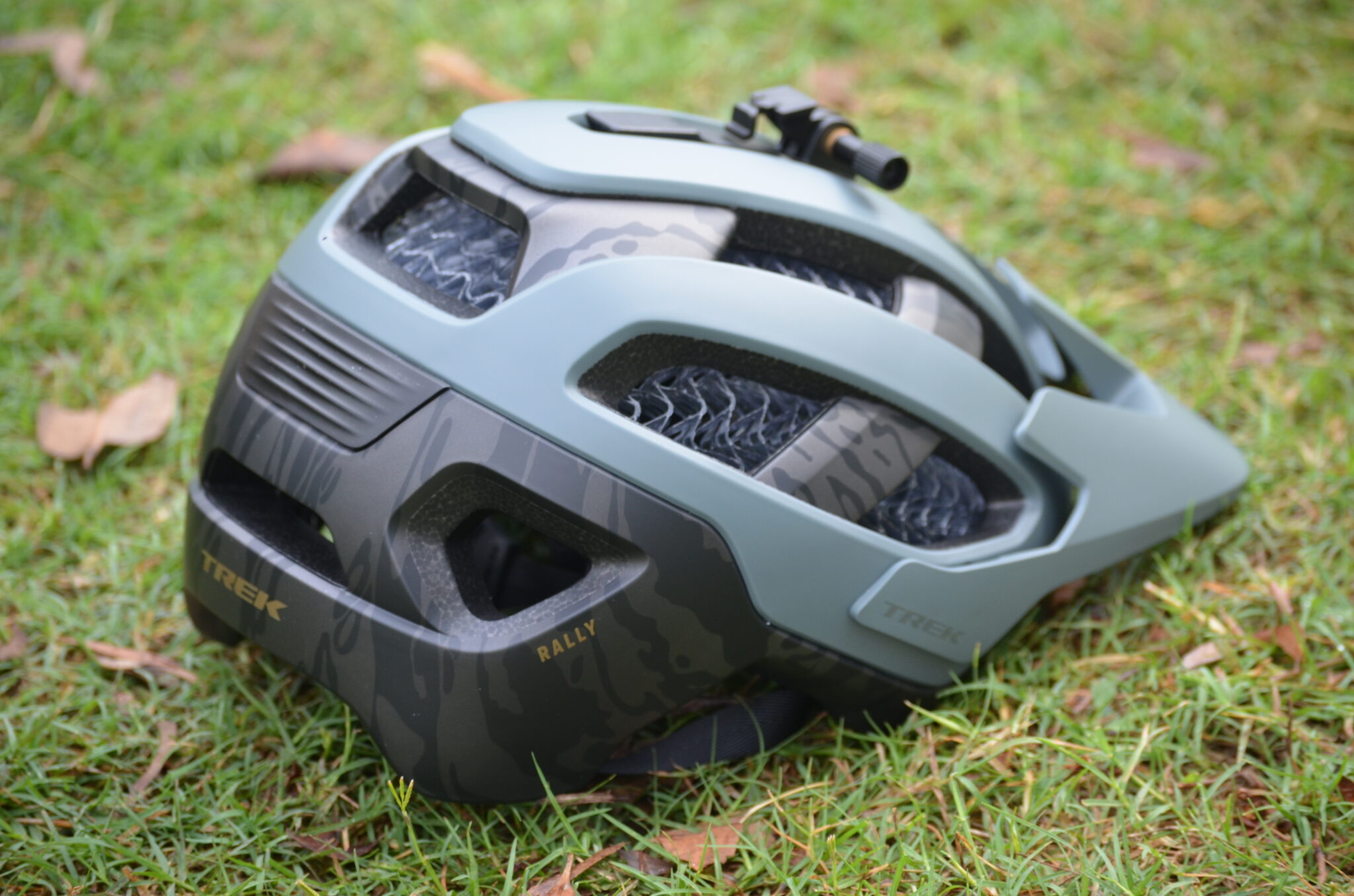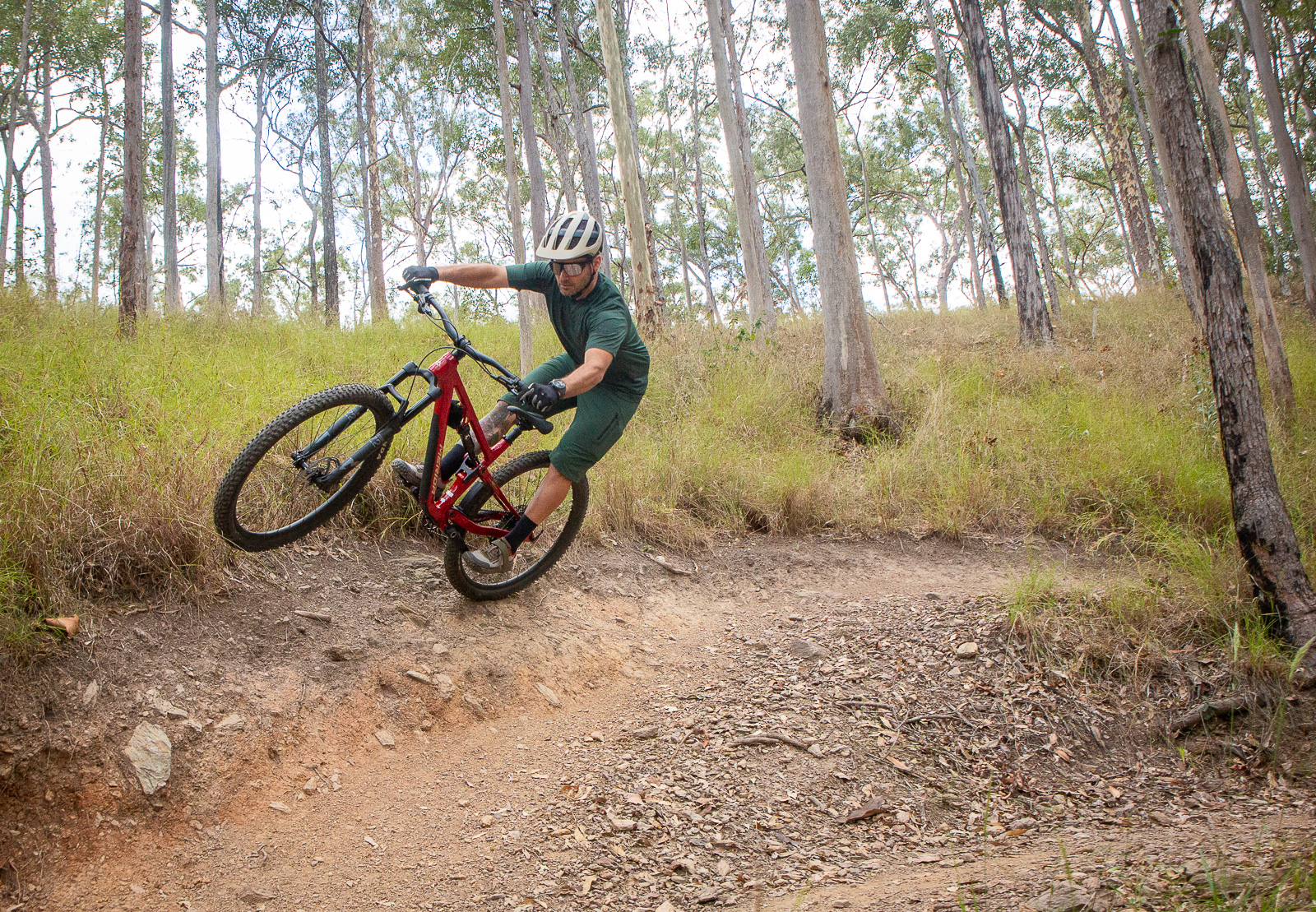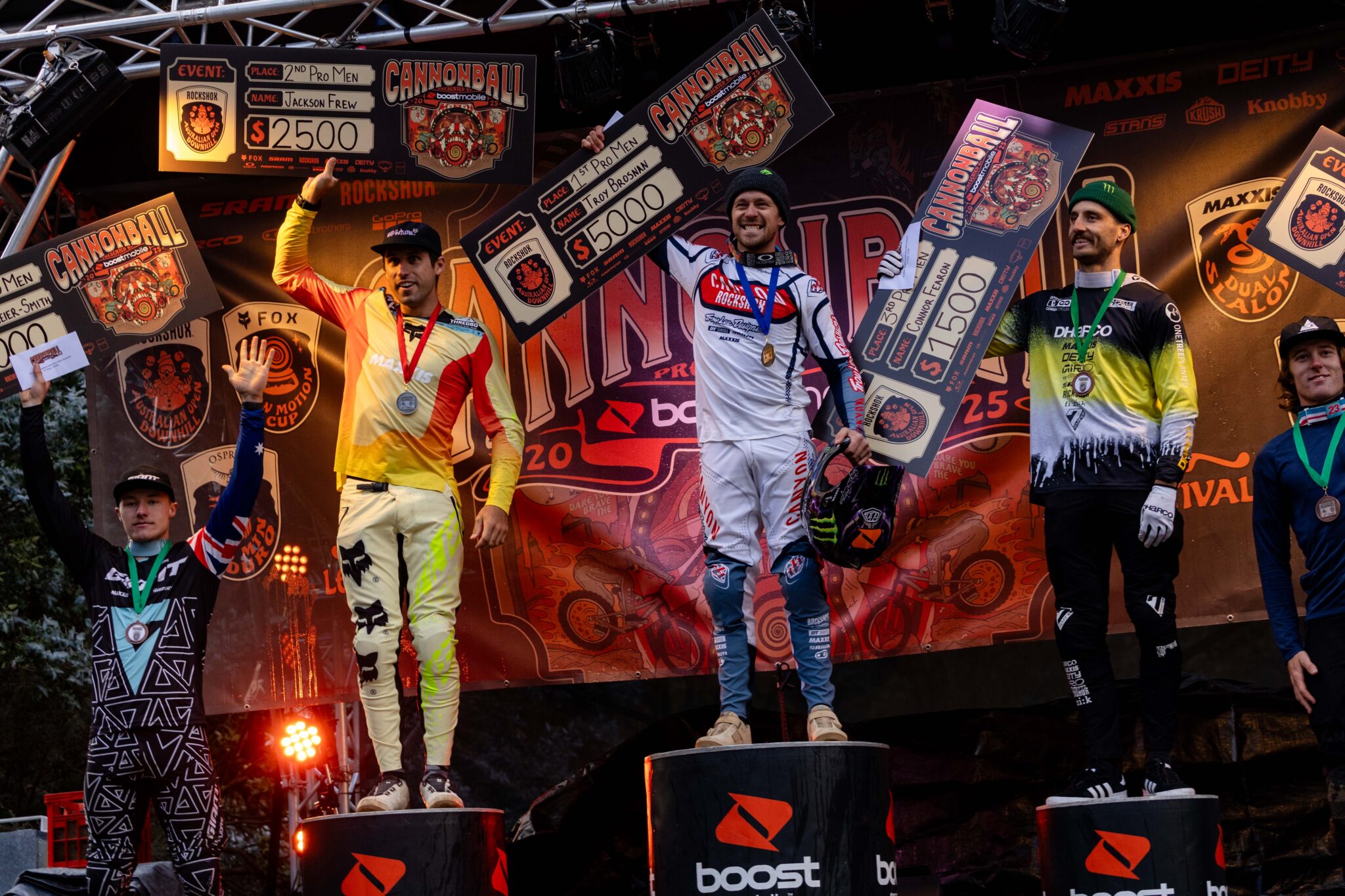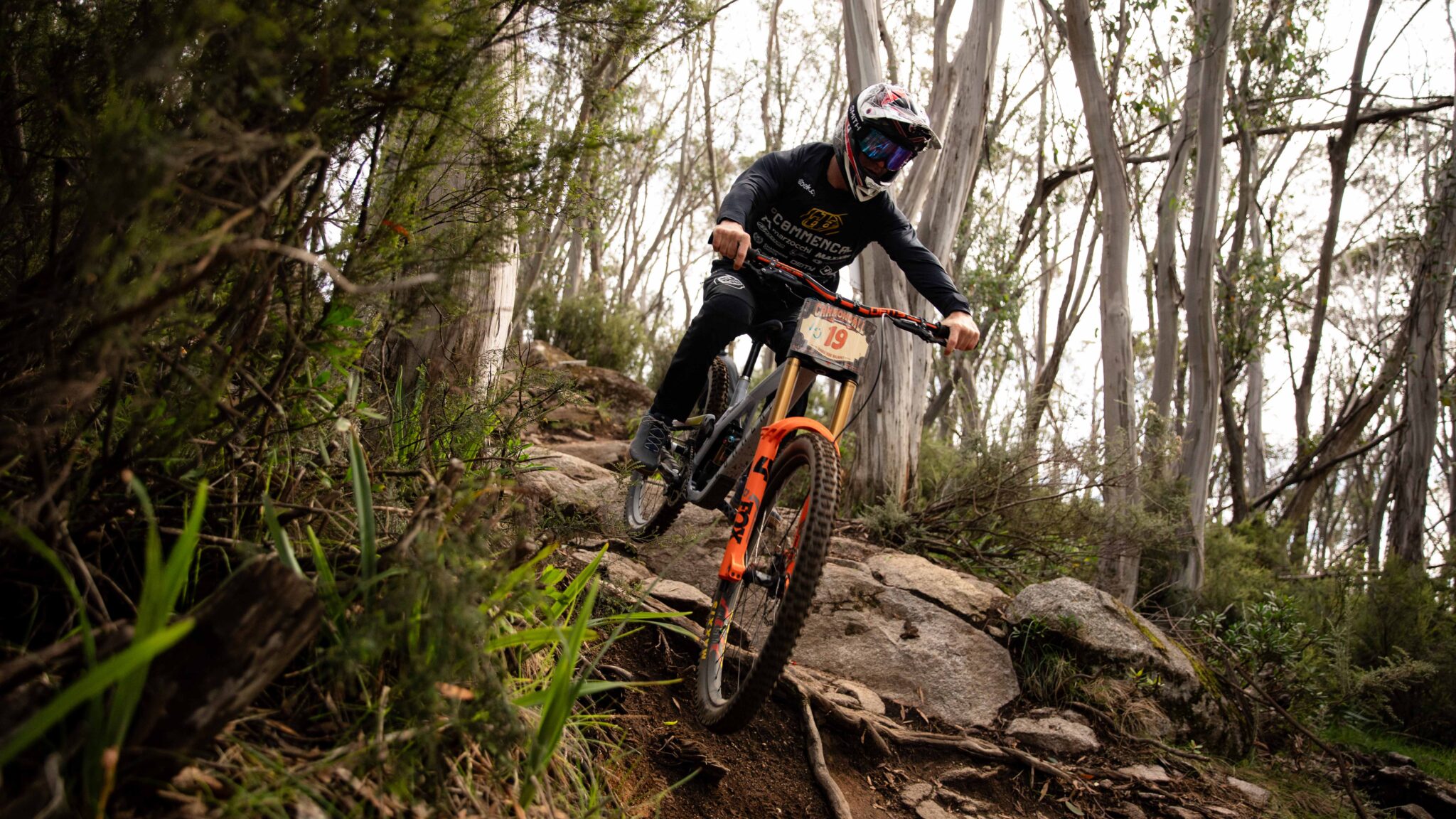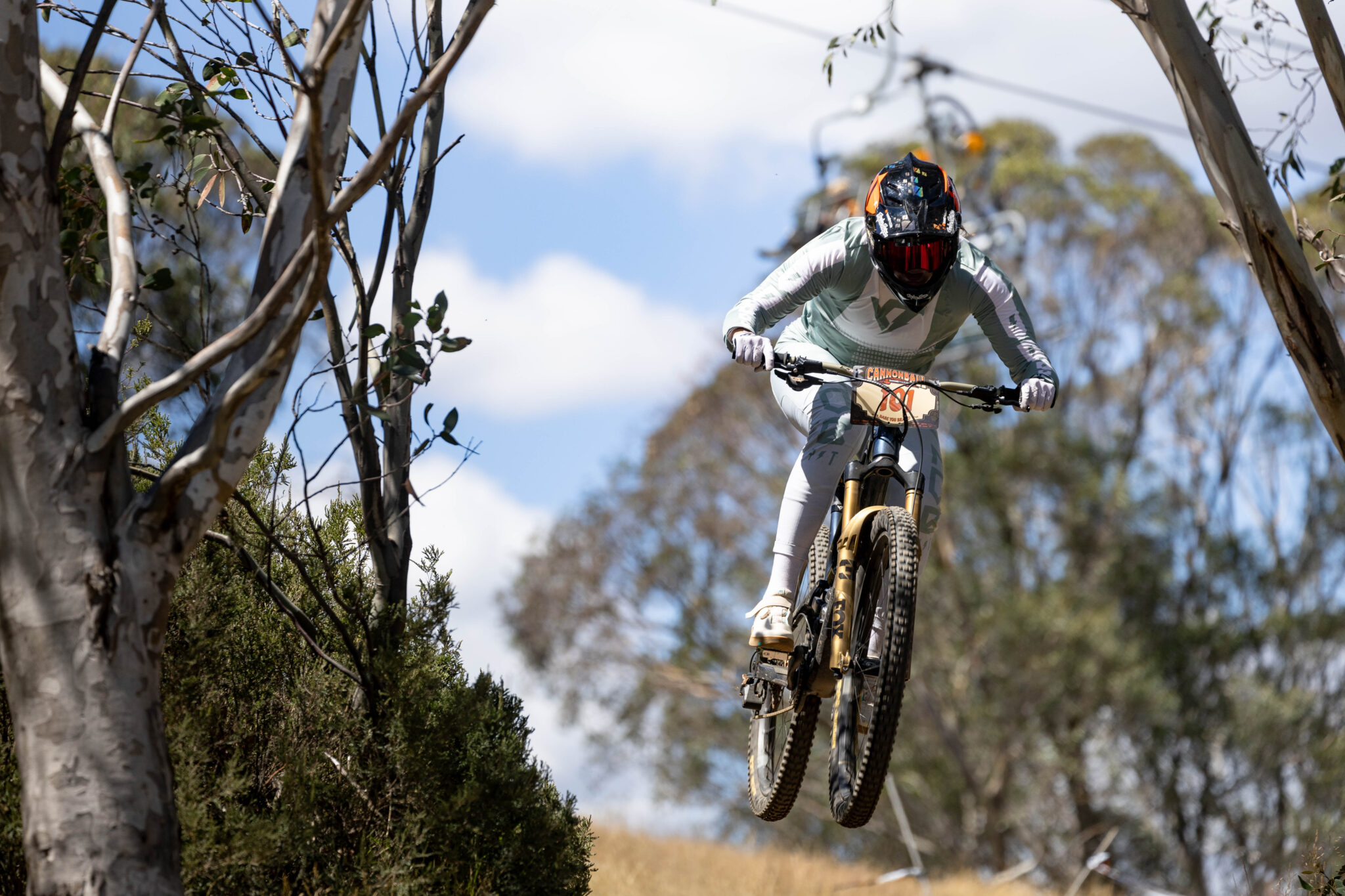First Rides on the 2024 Specialized Epic EVO
The Specialized Epic 8 is here, with an all-new Epic and Epic EVO.
Specialized have just released their new Epic and Epic EVO. While refinements are often subtle and progressive, the Epic has had perhaps the most monumental shift yet – with the Brain leaving the building on the Epic. Of course, the S Works model comes with RockShox new Flight Attendant, filling the space of suspension control with a system that actually learns by doing, but apparently stops short of AI and general SkyNet capabilites. So they say…
Specialized have also pushed the Epic Evo into more capable territory, building off the same frame as the Epic but dialling up the capability to become what they claim is the fastest downcountry bike on the market.
Specialized Epic 8 – in a nutshell
The Specialized Epic 8 has one frame to rule them all (ok, save for the S-Works Epic), with 120mm of Brain-free travel, SWAT storage in the downtube, two water bottle carrying capacity, quiet internal routing not in the headset, a UDH, increased pedalling efficiency, tweaked geometry and an all-together more capable design.
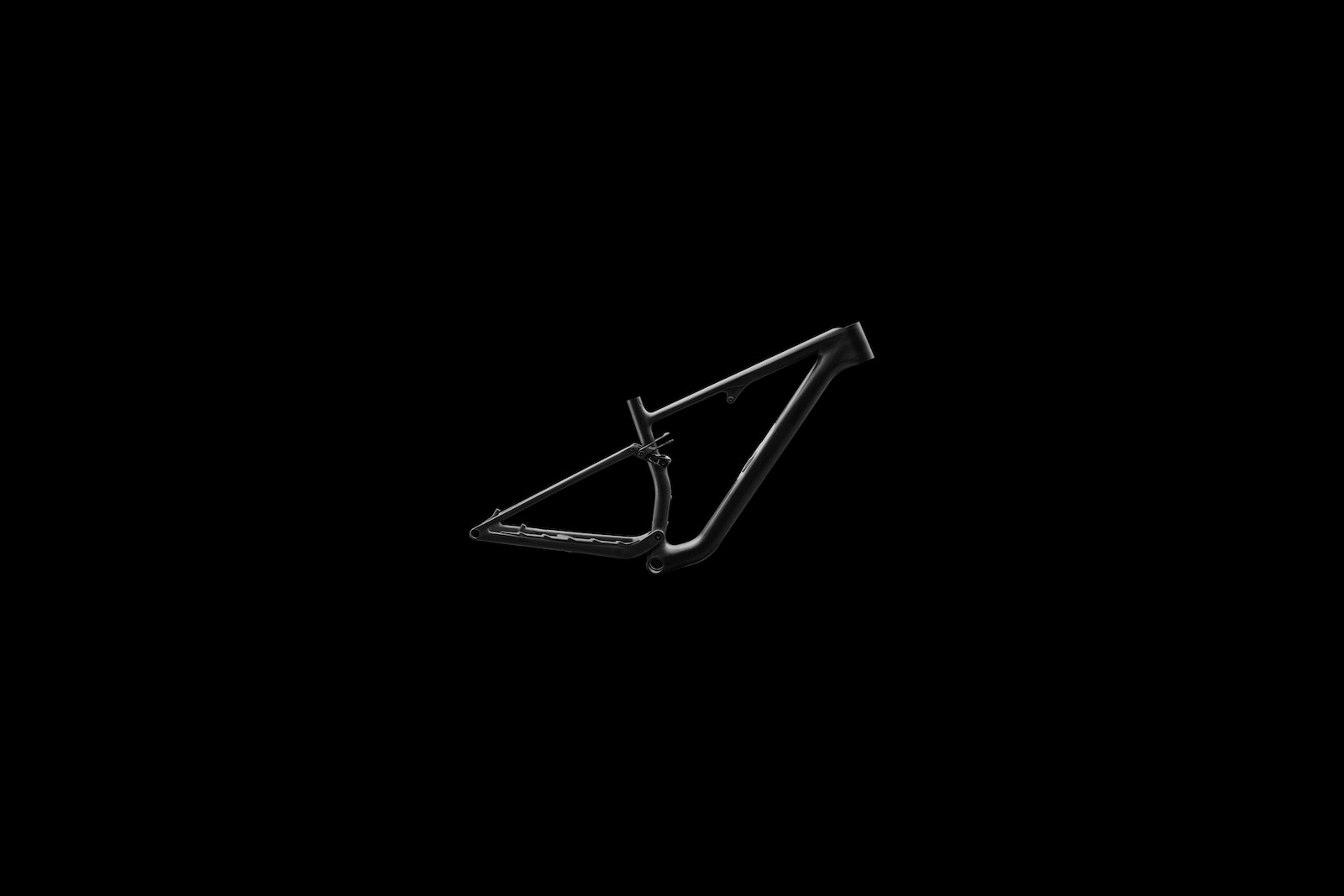
The Epic will come in 4 bikes and a frame set option, while the Epic Evo (which we have on test) has two bike models and a frame set option. Australian pricing is as listed, and bikes are in stock at most Specialized dealers right now!
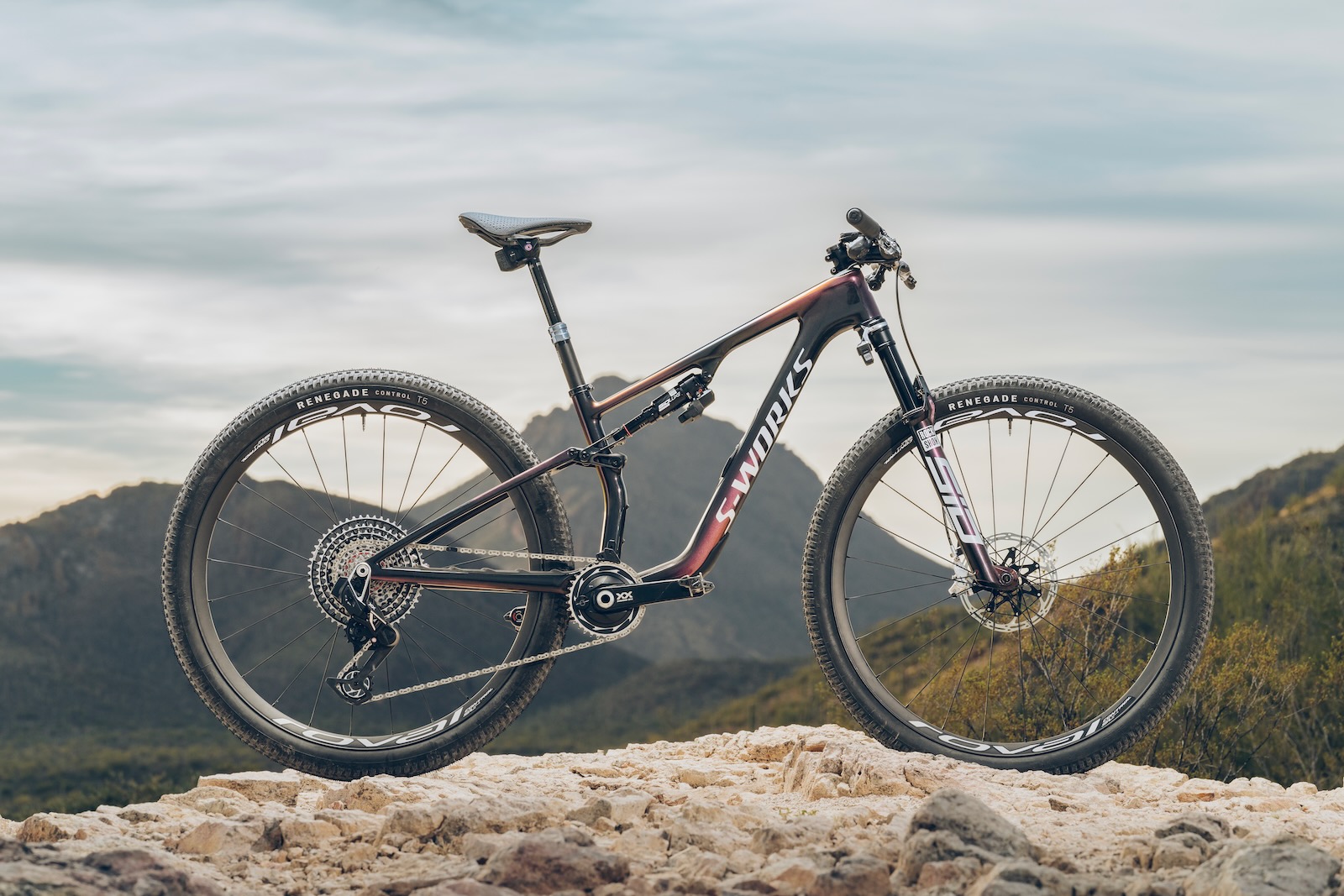
Specialized S-Works Epic – $24000 (above)
S-Works Epic frame set – $9800
Specialized Epic Pro – $14800
Specialized Epic Expert – $11000
Specialized Epic Comp – $7500
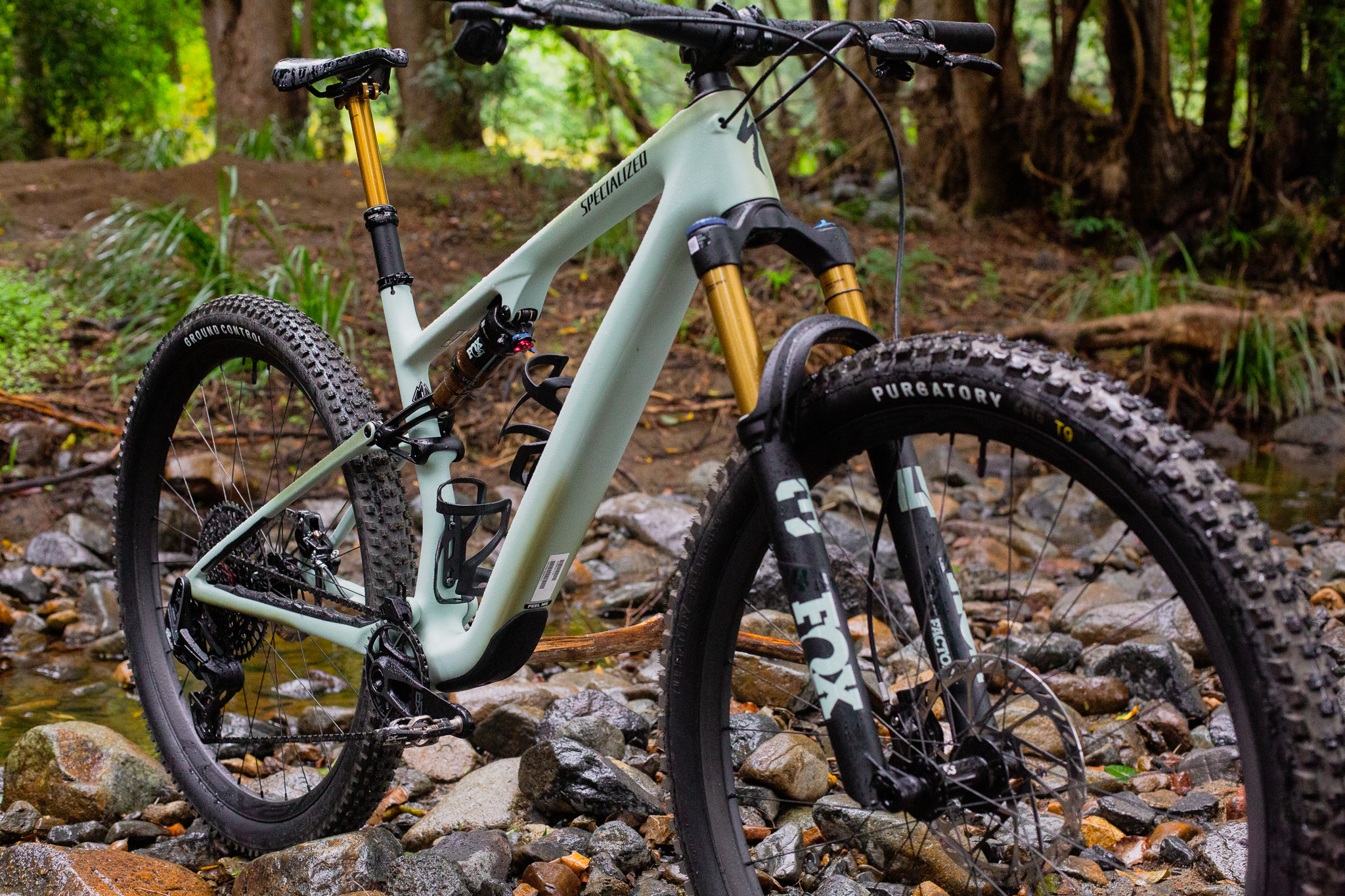
Epic EVO Pro – $14200 (above)
Epic EVO Pro frame set – $6200
Epic Evo Comp – $7500
All about the 2024 Specialized Epic
First up, we'll look at the new Epic. The bike designed for all-out World Cup dominance (alongside the Specialized Epic World Cup, of course). With the World Cup model being released in 2023 it was probably obvious that a new Epic was due – alongside being an Olympic year. The biggest takeaway from the new Epic is greater capability – basically it is bitter at hitting bigger features, and better at riding hard – so perfect for modern XCO.
Specialized have admitted that having a bike that remained locked out until needed was a bit old-school in thinking. Plenty of riders have adapted to running bikes that are efficient yet with great suspension, they can then sit down and make power, with high volume tyres and full-suspension eating up the irregularities in the terrain, while also providing great confidence in janky features to even allow some recovery. With Specialized stating that many of their pro riders reached for the Epic Evo over the Epic in 2023, they knew it was time to change.
The jump to 120mm of travel front and rear is an obvious change, and the lack of Brain controlled shock is also huge. While the S Works model gains Flight Attendant, all other models still have specific tunes for shocks and forks from Specialized, to make the most of the leverage curves of the suspension design – there is no remote lock out, save for running manual mode via AXS connections on the S Works model.
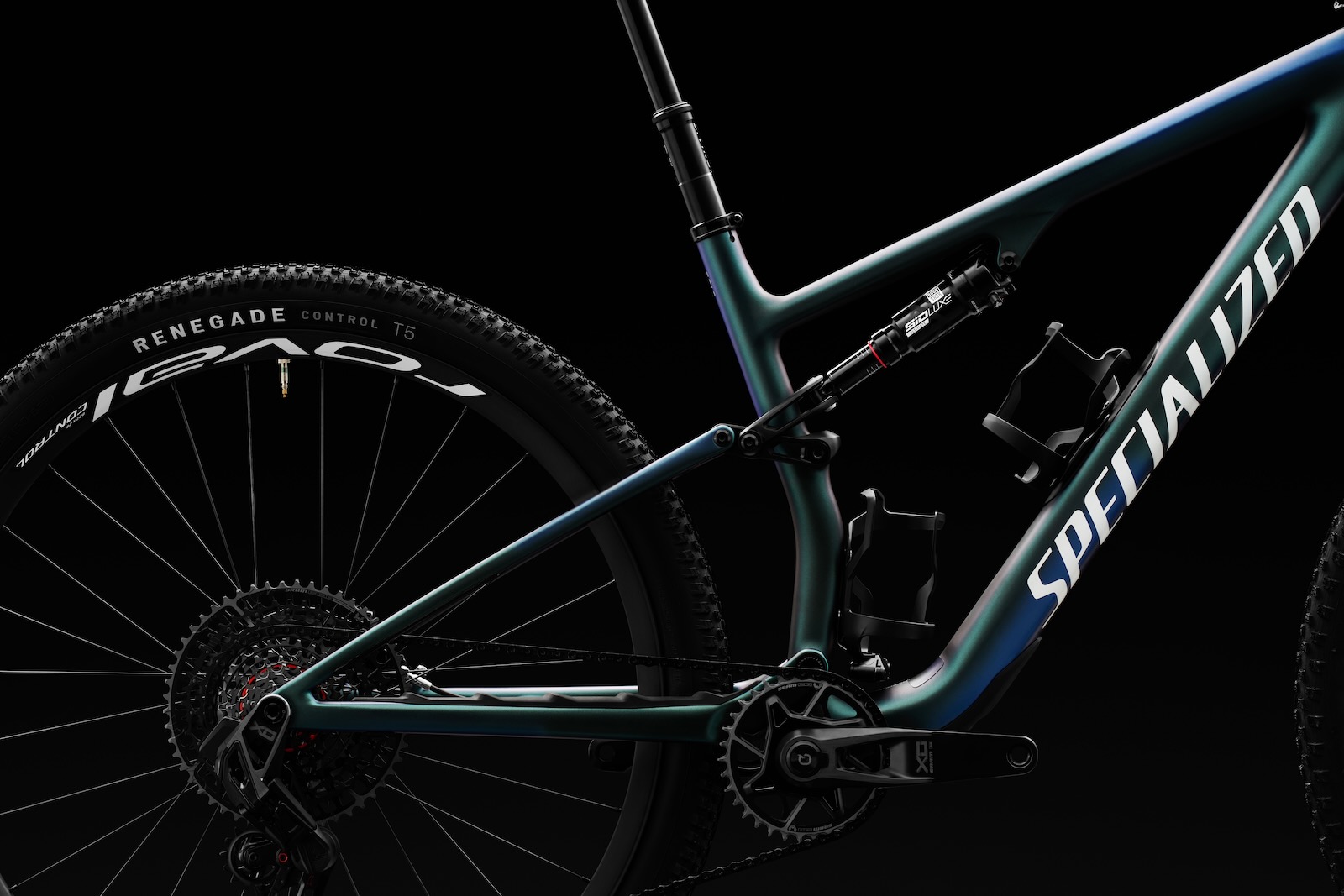
The shocks have three settings: wide open, magic middle and sprint on lock, in Specialized's terms. The rough idea is you run it open on the most technical trails, or reco day cruises. But the middle setting is ideal for set and forget – there's a pretty high initial leverage curve before the digressive curve delivers more plush travel with bottom out support.
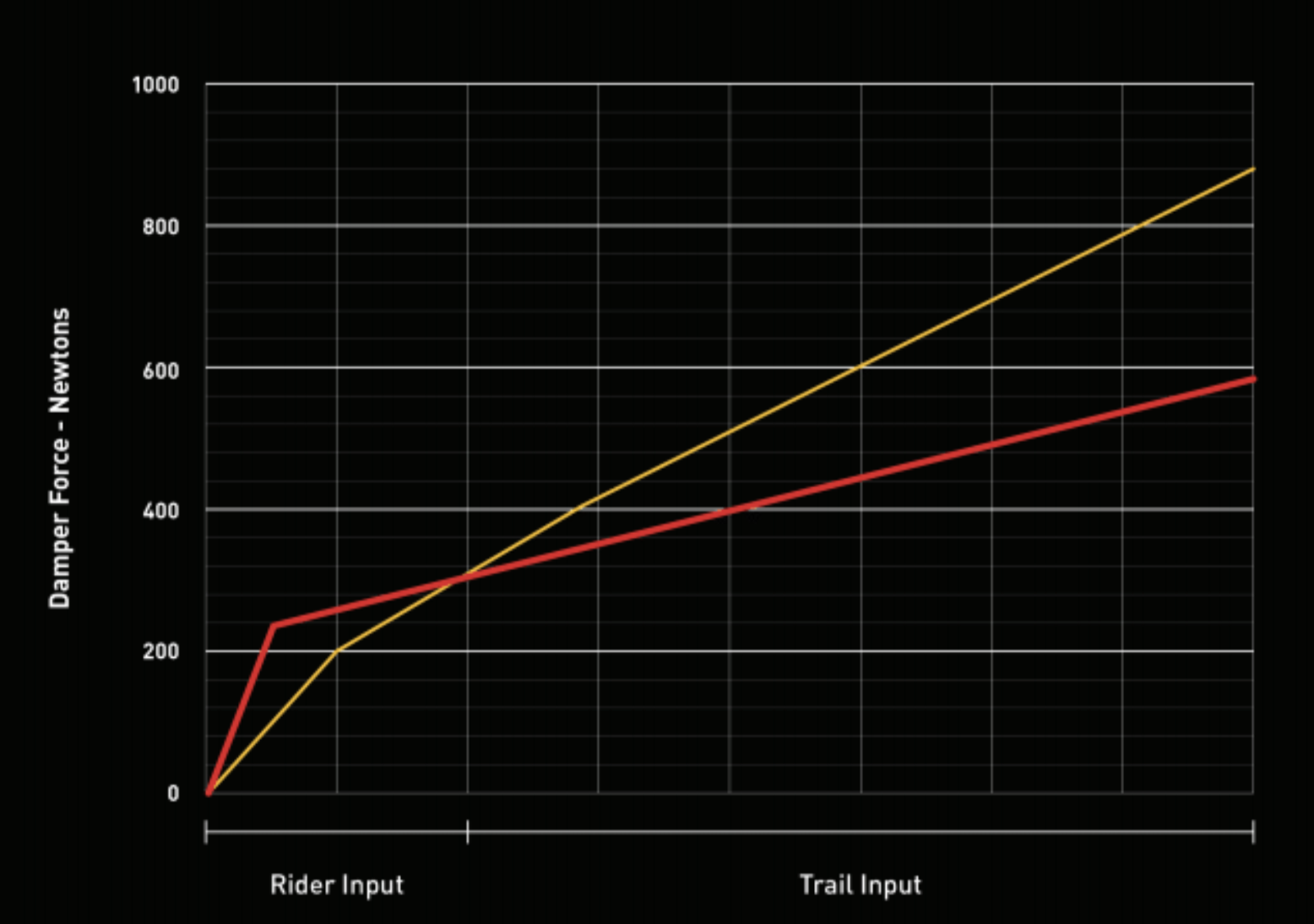
Of course, the lock out is there for lactic baths up steep climbs and finish line sprints. This is a race bike and sometimes you need to go all in.
Compared to the 2023 Epic Evo, the new Epic has 20% less pedal bob – Specialized didn't release data on Epiv 23 v Epic 24. So those who much prefer their own control over suspension can breathe a bit easier. Through some technical razzle and dazzle the Specialized boffins also claim the new Epic 8 (be that Epic or Epic Evo) has 12% better bump absorption, thanks to the shock tuning. This doesn't only mean comfort, but it means traction as well.
Specialized have added a steering stop in the headset and SWAT storage in the generous downtube, but did shave weight off the S Works frame, largely thanks to Ti hardware and a carbon shock extension.
In terms of geometry, it's neither mild or wild – which means it should be spot on for a modern XC bike.
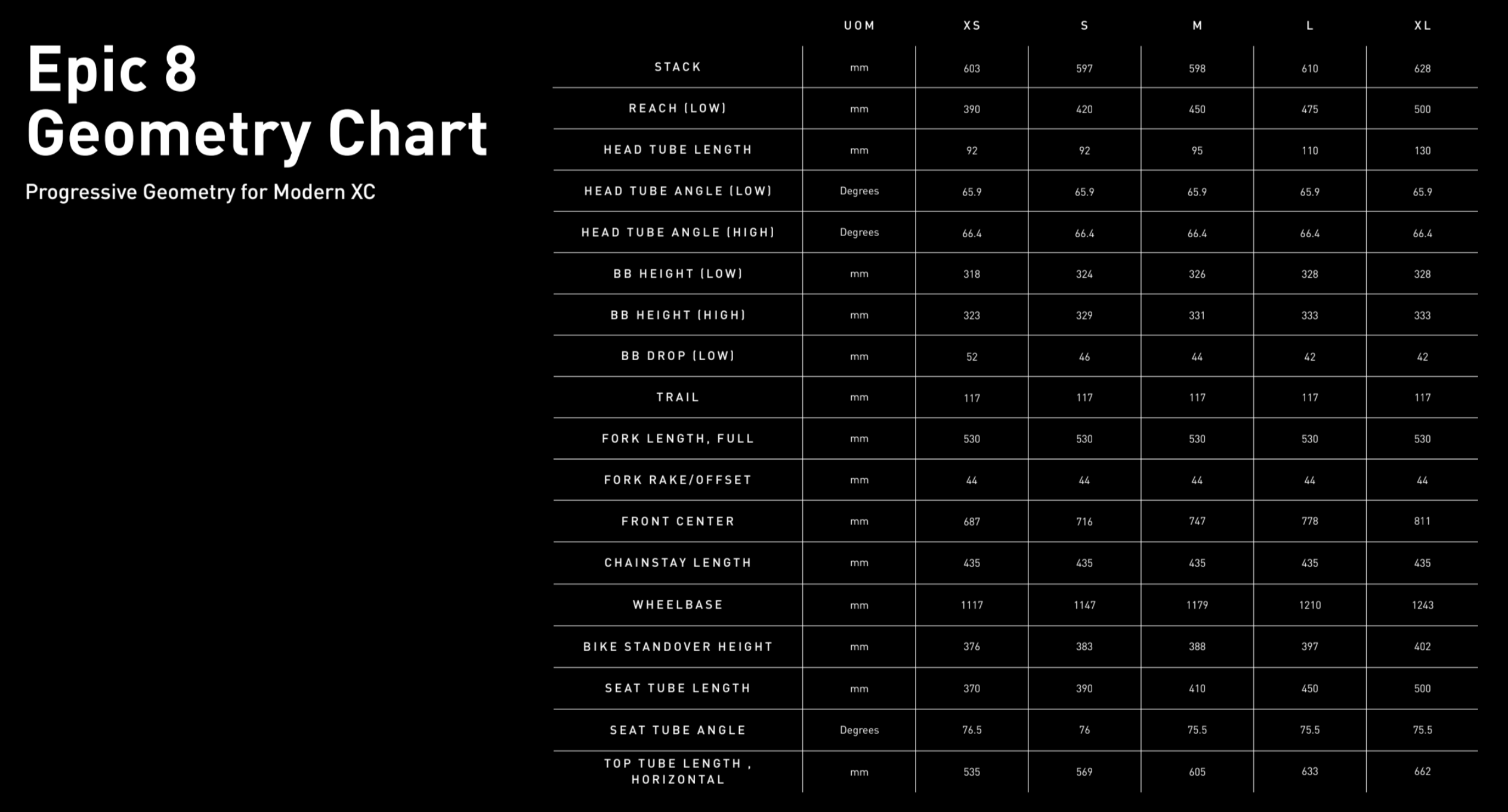
If we take a large, we see a 475mm reach, reasonable 110mm head tube to keep the bars low and a head tube angle that can be 65.9 or 66.4 degrees. This is actually slacker than a number of XC bikes, but at the same time the Epic isn't as rangey in length as others. It's a smart balance. Similarly with a 75.5 degree seat angle – it may sound slack in trail or enduro terms but on a bike where you need to push, it is suitably steep to keep weight forward when climbing, while keeping you well positioned for driving it on the flats. It is curious to see 435mm stays on all sizes. So many brands are moving to size specific rear centres, and it is odd that Specialized wouldn't look to do this. The benefits are at the largest and smallest ends of the sizing, for a greater balance between the wheels when climbing and descending.
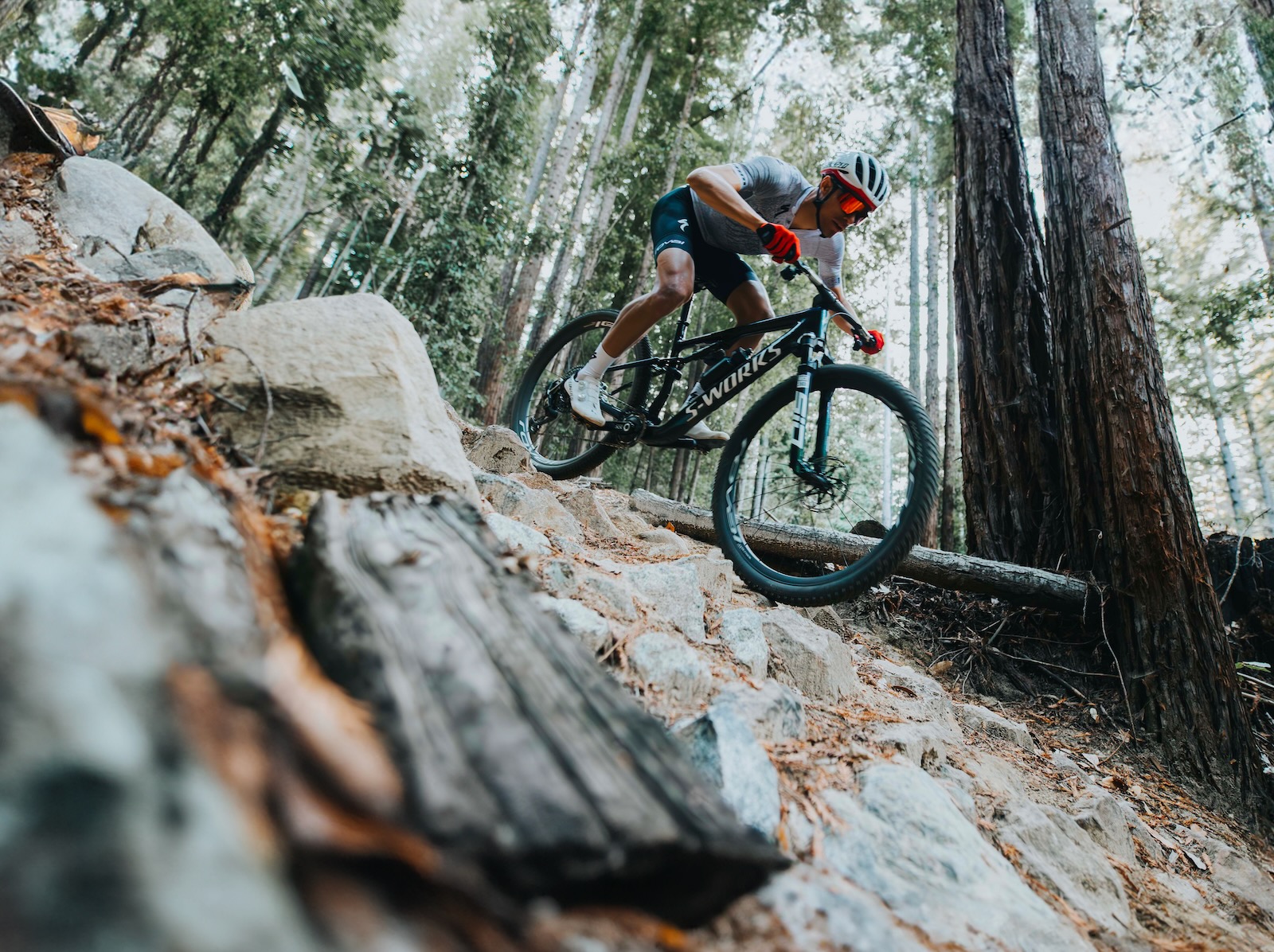
In short, the new Epic is built for the demands of modern XCO and stage races. With frame storage you're suited for training and long events, with efficient suspension and capable geo to see you through the chonkiest of terrain. Clearly the S Works Epic will deliver the S Works experience – but at what cost?!
All about the 2024 Specialized Epic EVO
This is the very bike we have on test, and I have had one for about a week, with just under 10 hours spent on what Specialized state is the ideal downcountry bike. Is it? Maybe. But I know it has certainly lit up the AMB Whatsapp chat.
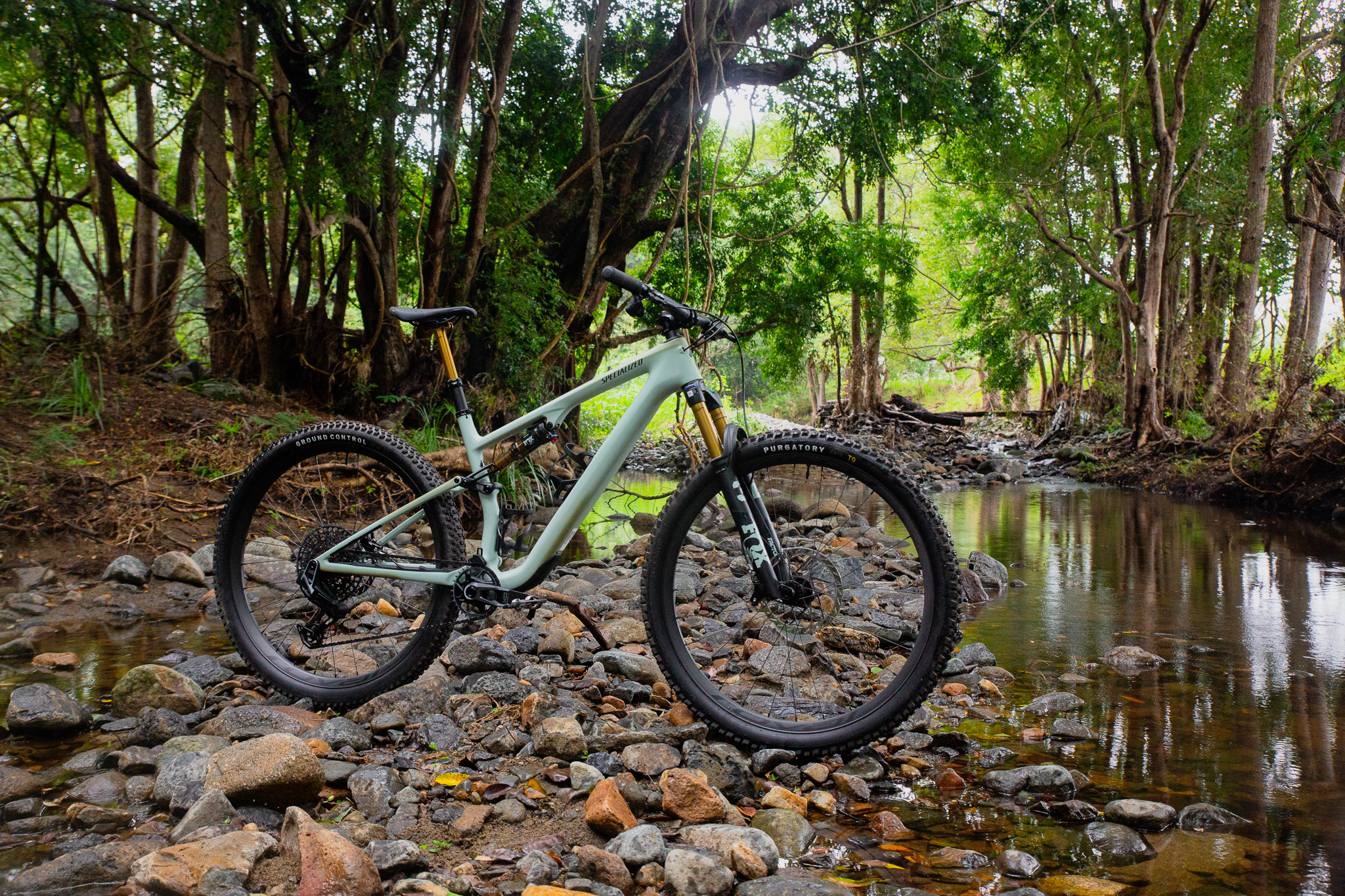
When Seb Jayne reviewed the Epic and Epic Evo in 2020, he liked them both. But the World Cup racer in him figured the best bike was somewhere inbetween them. In a way, that is what Specialized have just delivered with the new Epic. Given the growth of and evolution of XCO in that time, the range of what an Epic EVO would, could or should be has also evolved.
Specialized say it is 'the fastest downcountry bike the world has ever seen' which drips with marketing hyperbole, but it may not be that far from the truth. With the same frame as the Epic, the Evo model has a different rear shock to be either open, or locked out. This suits seated pedalling more than stabs out of the saddle and attacking, which is more of an Epic thing.
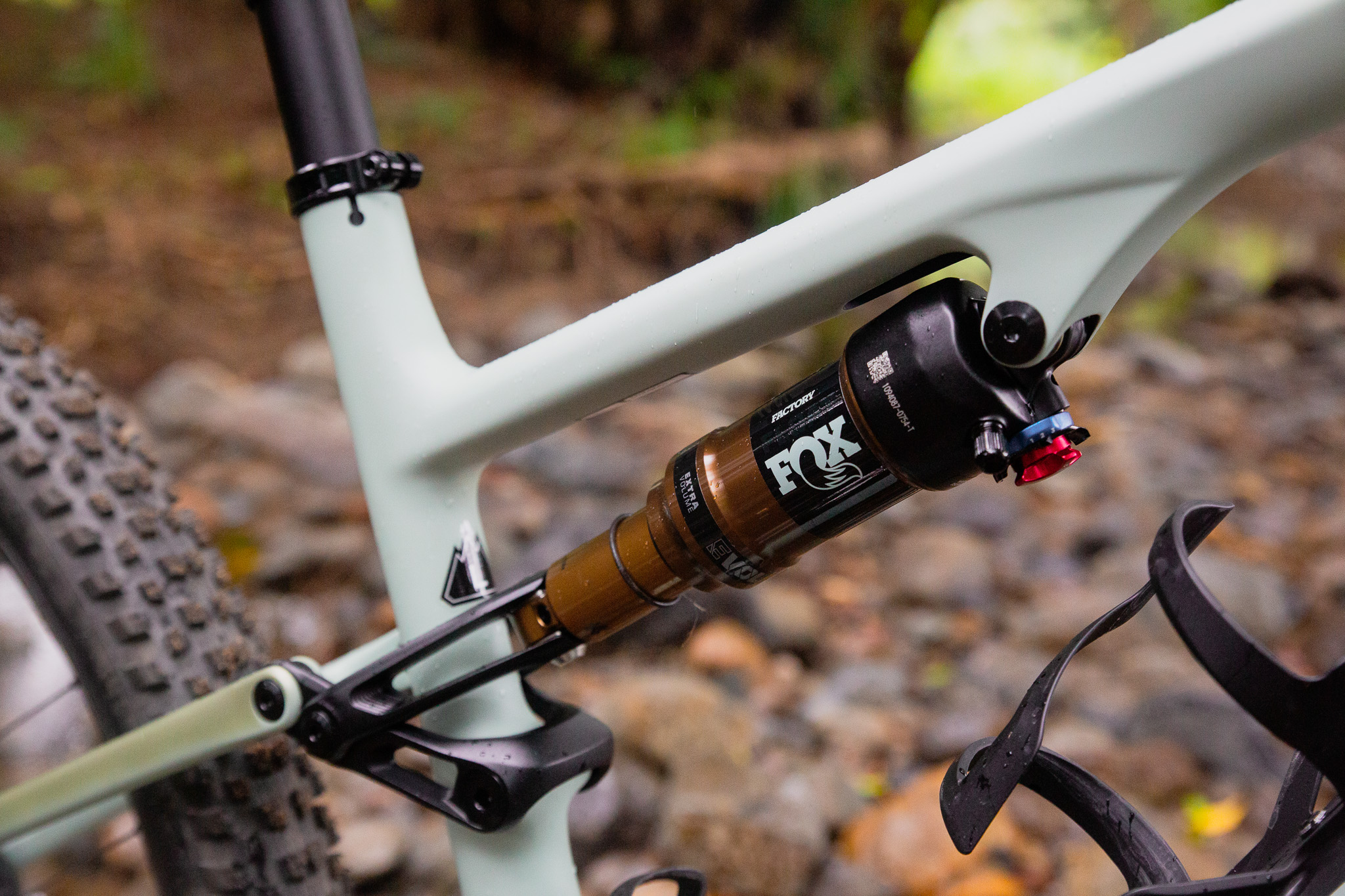
The build also sees a 130mm fork, in for the Epic Evo on test that is a Fox Factory 34 with Grip2 damper, delivering lots of adjustments in a tight package. This model also has a SRAM XO Transmission group set, short RaceFace stem and low rise carbon bars. Fox supply the Float rear shock (with Specialized Trail Tune) and Transfer Factory dropper.
Frame details run over from the Epic (same frame, remember) with a threaded bottom bracket, neat internal routing that isn't in the headset, plus the steering stop to prevent your controls smashing your bars. There's also plenty of good chain slap protection on the chain and seat stays.
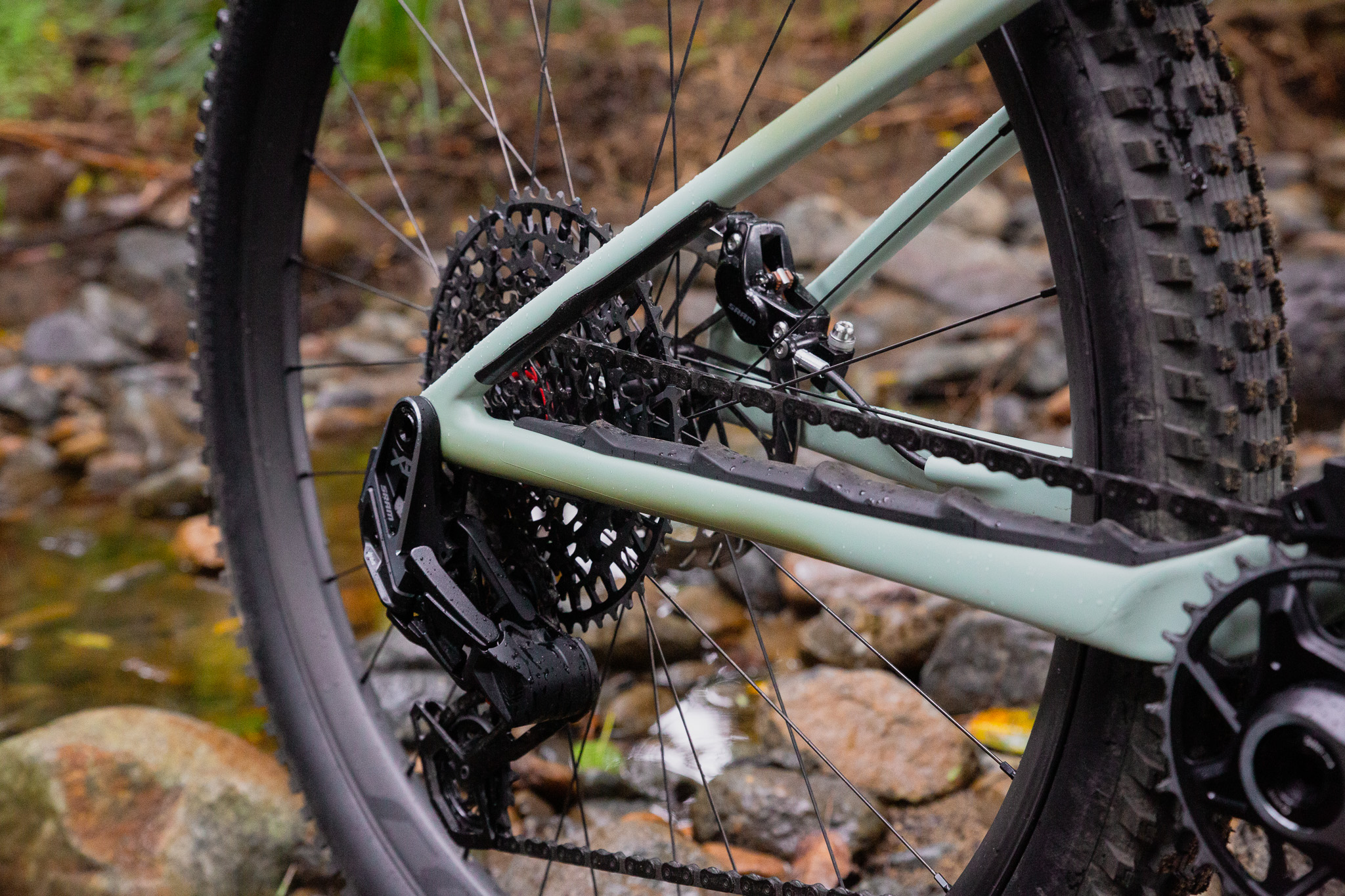
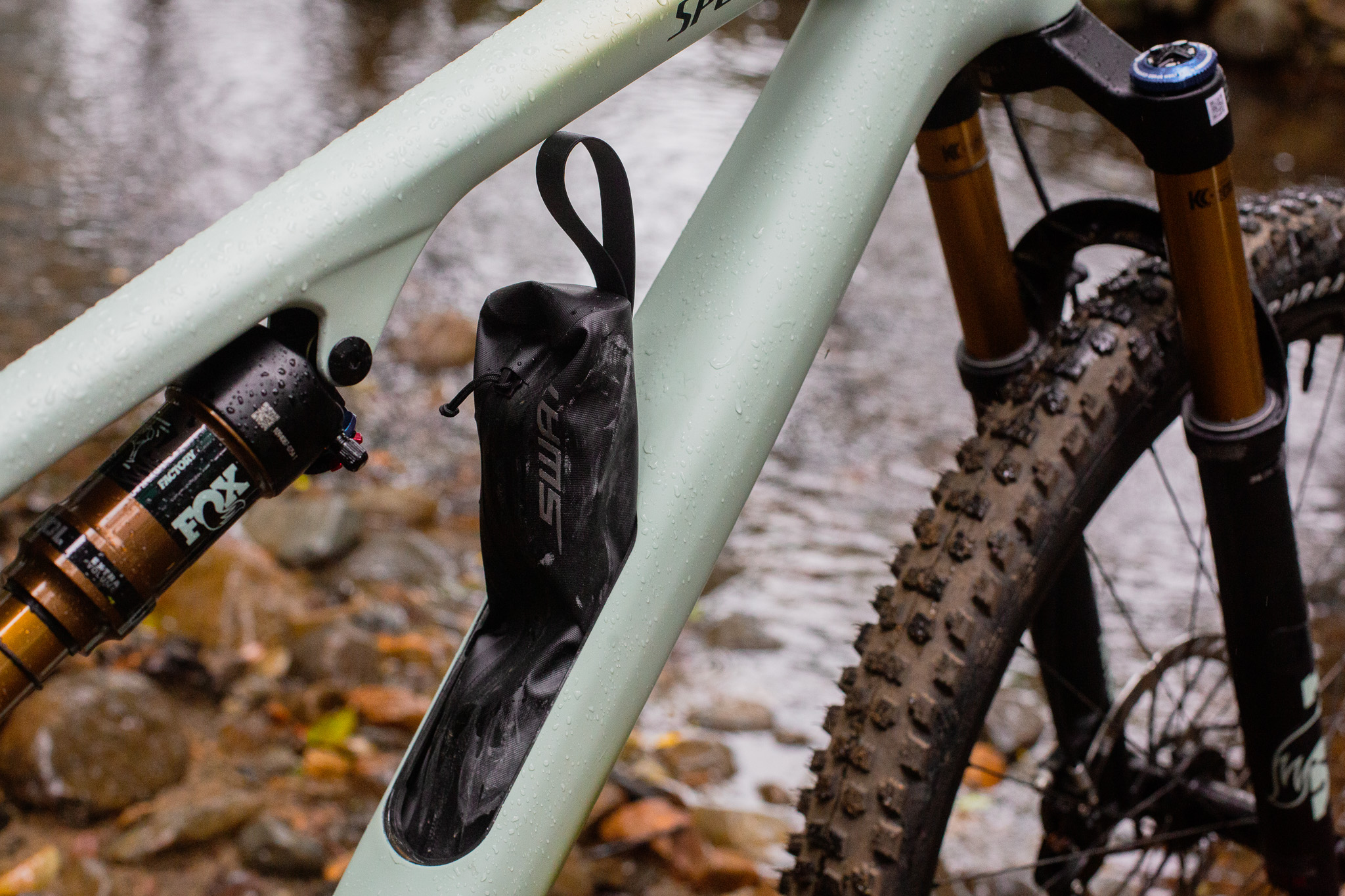
Specialized have jazzed up the wheel set for the Evo models with burlier tyres – like the Purgatory and Ground Control seen on this rig. With a Grid Trail casing they are Tonka Tuff, and a T9/T7 combination delivers plenty of chemical grip to match the lugs. It would be easier to scale this setup back within the Specialized tyre range, or bolster it to a Butcher/Eliminator set like Hayden recently tested if you wanted to push the trail capability. The tyres sit on Ground Control rims on Industry Nine hubs – they're a sweet wheel set.
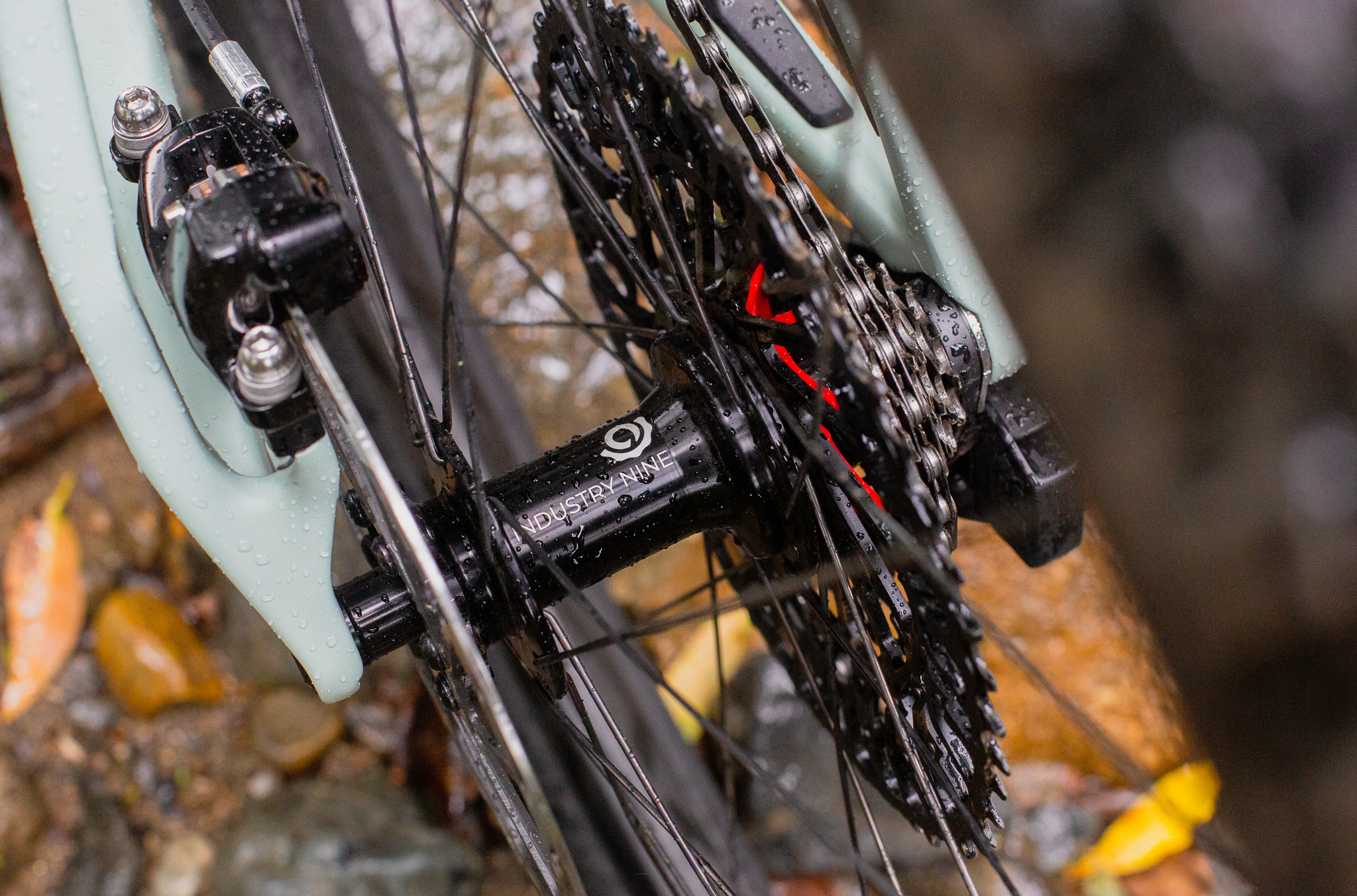
The size large I have on test has similar geometry to the Epic bikes, but just a bit slacker and shorter with a 130mm fork. So this bike has a 470mm reach, 75.1 degree seat angle, and a head angle of 65.4 or 65.9, depending which setting you had it in. With some Shimano XT Trail pedals fitted plus 2 Specialized cages and two tubes in the frame thie bike clocked 13.2kgs.
On the trail with the Epic Evo
There are a lot of bikes and products out there that earn a downcountry moniker, but it has to be one of the smallest market segments out there, one that is truly determined by the rider. What do you need do get up the climbs quickly and absolutely haul on the descents? For an XC racer it may be a more aggressive front tyre on their race rig. For an enduro racer they may opt for a short travel trail bike. But it really is very open to interpretation.
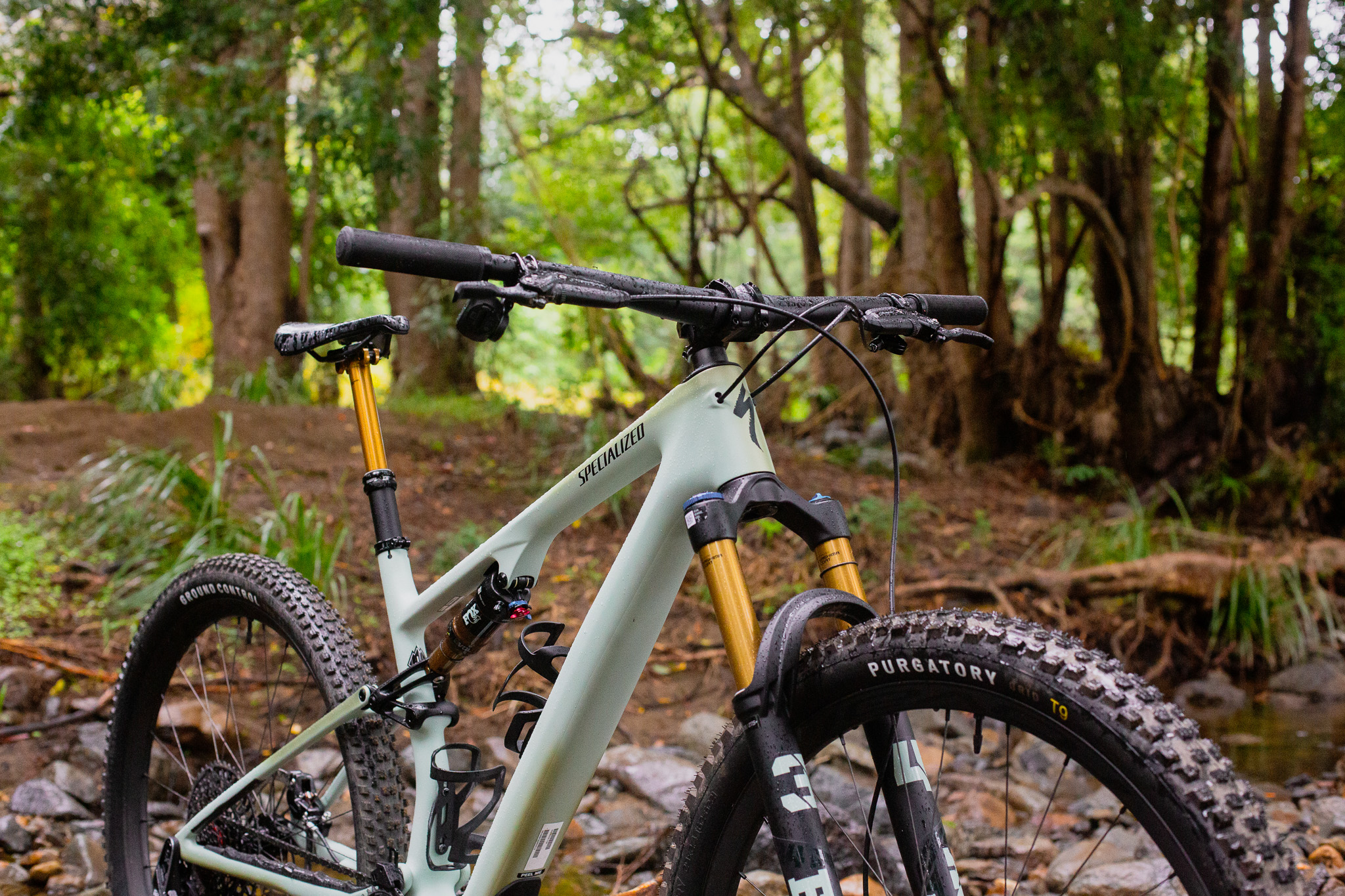
However, I think Specialized may have nailed it. They have a light frame that pedals really well when open – I found the pedal bob on seated climbs was negligable, and even for bursts out of the saddle it was ok with the bike fully open. The also has a post mount for the rear brake which opens up 4-piston brake options, compared to some 120mm XC builds masquerading as 'trail' builds, which have flat mount brakes destined for 2-piston misery (ok except for some boutique brake options).
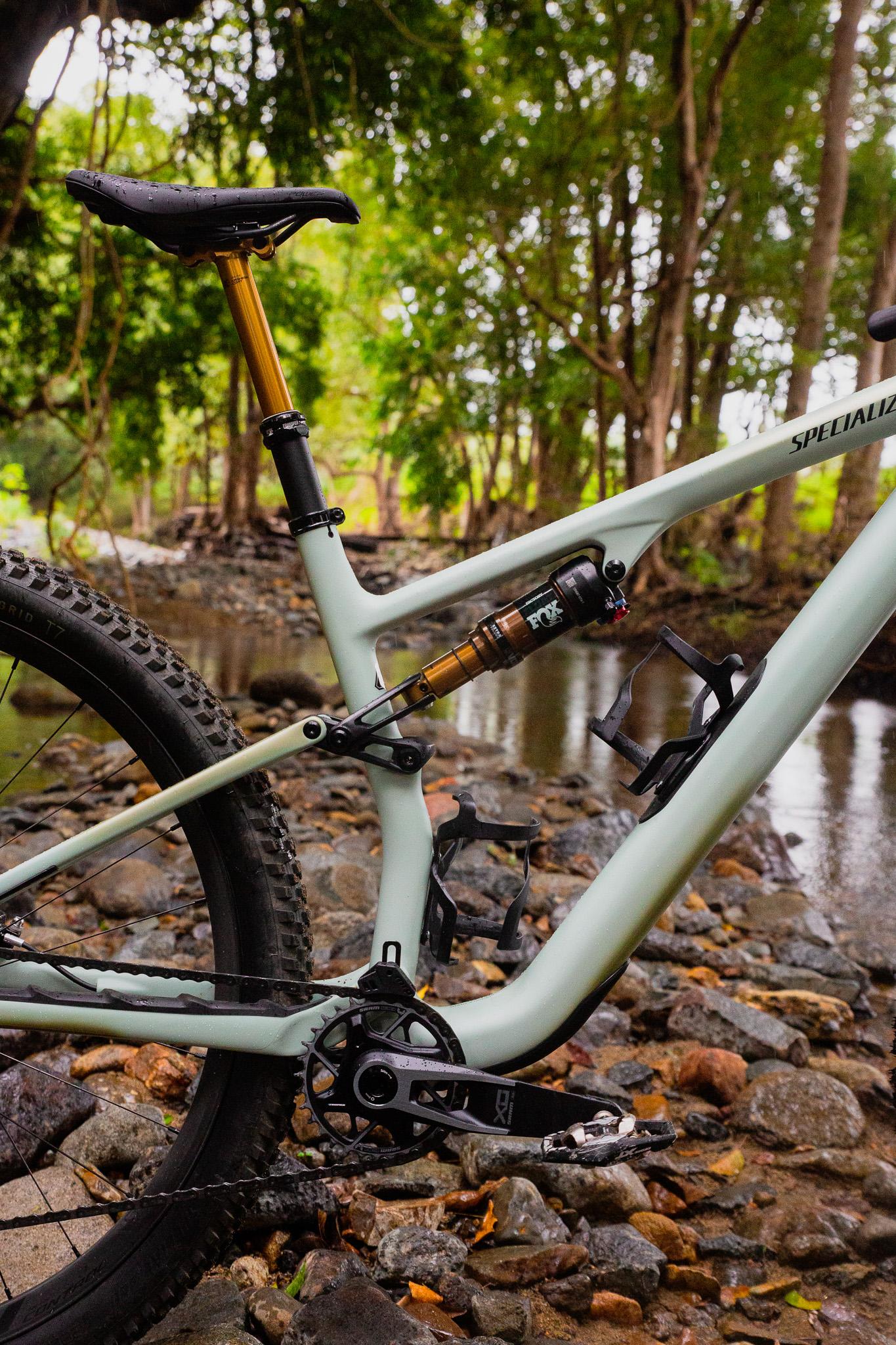
There's lots of standover for long dropper posts, and the frame can store gear but you can still fit two water bottles in. A real standout is a 130mm Fox 34 Grip2 fork. a Fox 34 SC or RockShox SID 120mm still quickly comes up against some limits, including rotor size. But a 34 regular chassis (not StepCast) is stiffer and burlier, with the Grip2 damper offering so many tuning options, this really starts to deliver the front wheel security and tracking to really get the bike dancing.
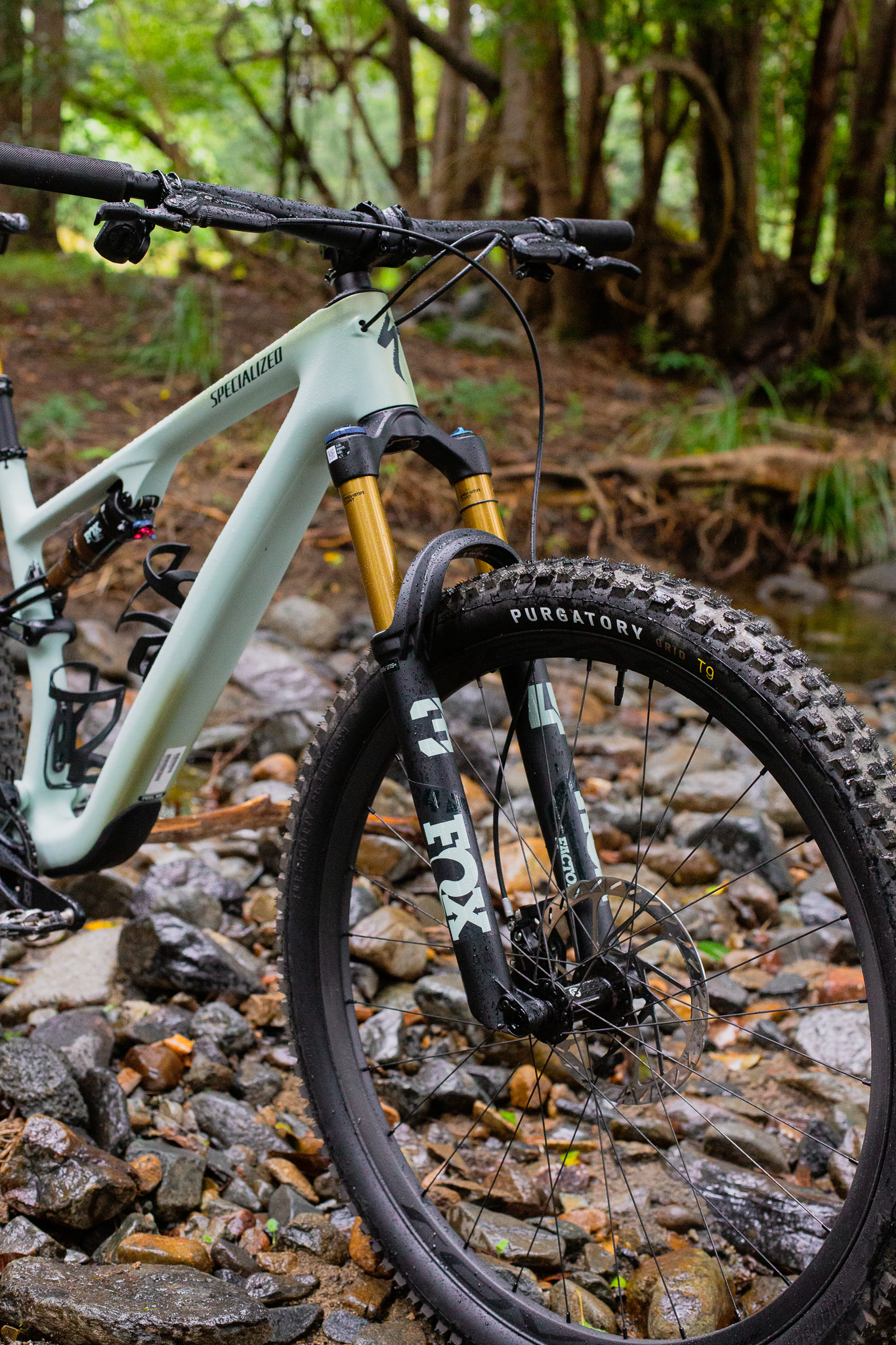
My time on the Epic Evo has been lots of fun. It is way more capable than my 120mm XC bike, while sharing some similar numbers in geometry. It pedals just as well, albeit rolling slower with sturdier tyres with tackier rubber. But the extra travel in the front end, a higher riding position (just), and those same burlier tyres all add up to a bike that remains more settled in rougher terrain, but certainly doesn't mute it out.
I'd be mad to not make a direct comparison to the 2024 Norco Optic I rode earlier this year. That bike is longer travel with a 140/125mm mix and heavier. The geometry is more aggressively short trail (there's a segment for you) than modern XC turned downcountry, and it showed on 2.5-3 hour pedals. The Optic was fun, but still hard work to pedal around and push hard on descents. It is a burlier bike that is more capable in harder terrain than the Epic Evo, but the pilot is going to be the bigger deciding factor in that regard.
The Epic Evo is different in that case. It is happy to be pedalled, but happy to be pushed around on a descent as well. I like that the 130/120mm platform is enough bike to play on trail features, but not so much that you feel detatched from what you are riding. Sure, if I took this bike to shuttle at some places it might be a but under done, but not necessarily the wrong bike. What it is, is a very high quality bike that would suit so much of Australia's riding for riders who want a bike that responds to input, and also suits jumping in something like a Quad Crown event or one day marathon. Would I choose this as an XC race bike? No, that's what the Epic is for. But the Epic Evo is ideal for those who want a bit more play in their ride, for greater capability than most of us can find with a pure XC bike.
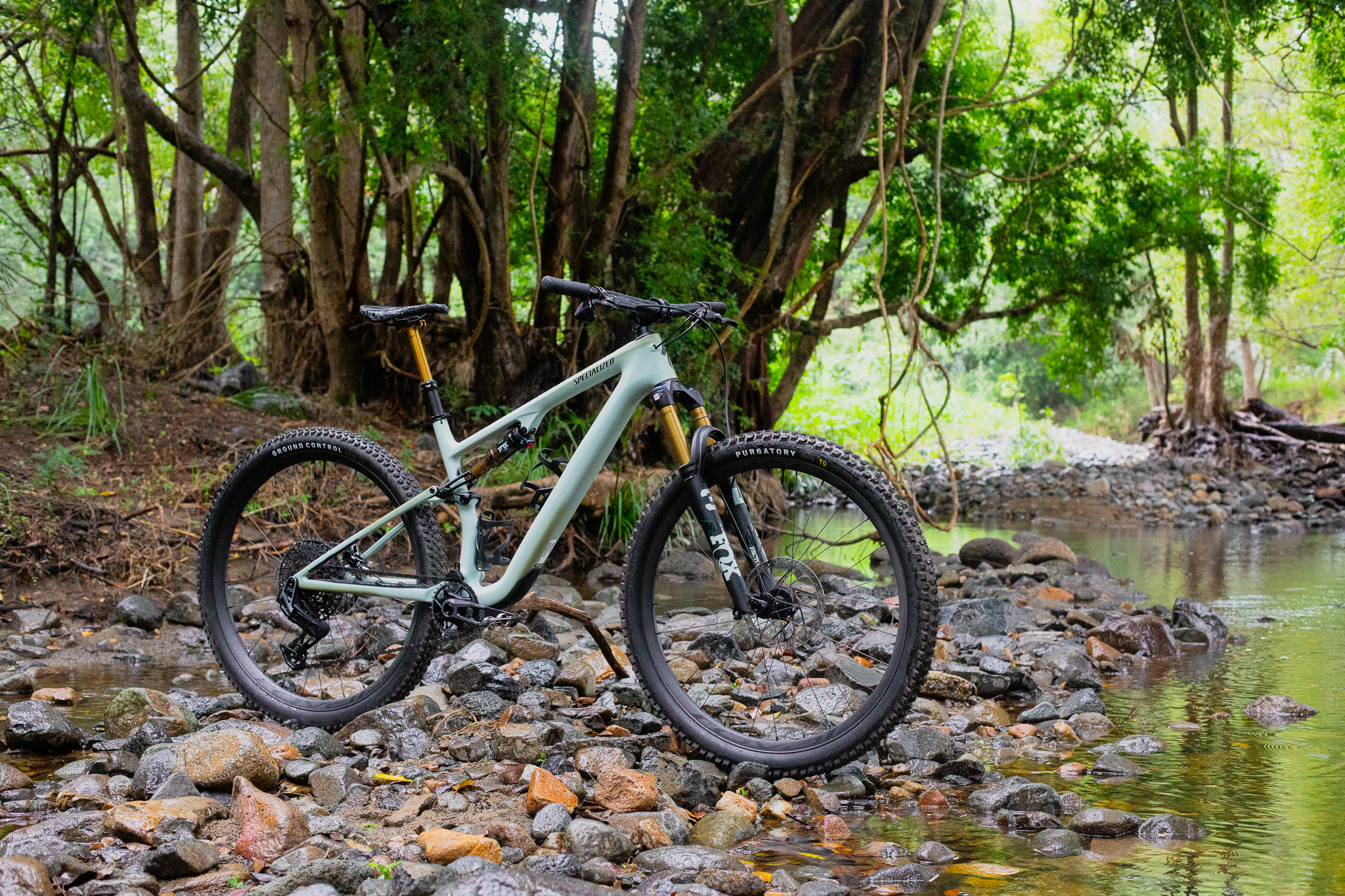
The new Specialized Epic and Epic Evo are in store with Specialized dealers. I'll be spending some more time on this one before getting a review wrapped up.
Like what we do? Don't forget to subscribe.

